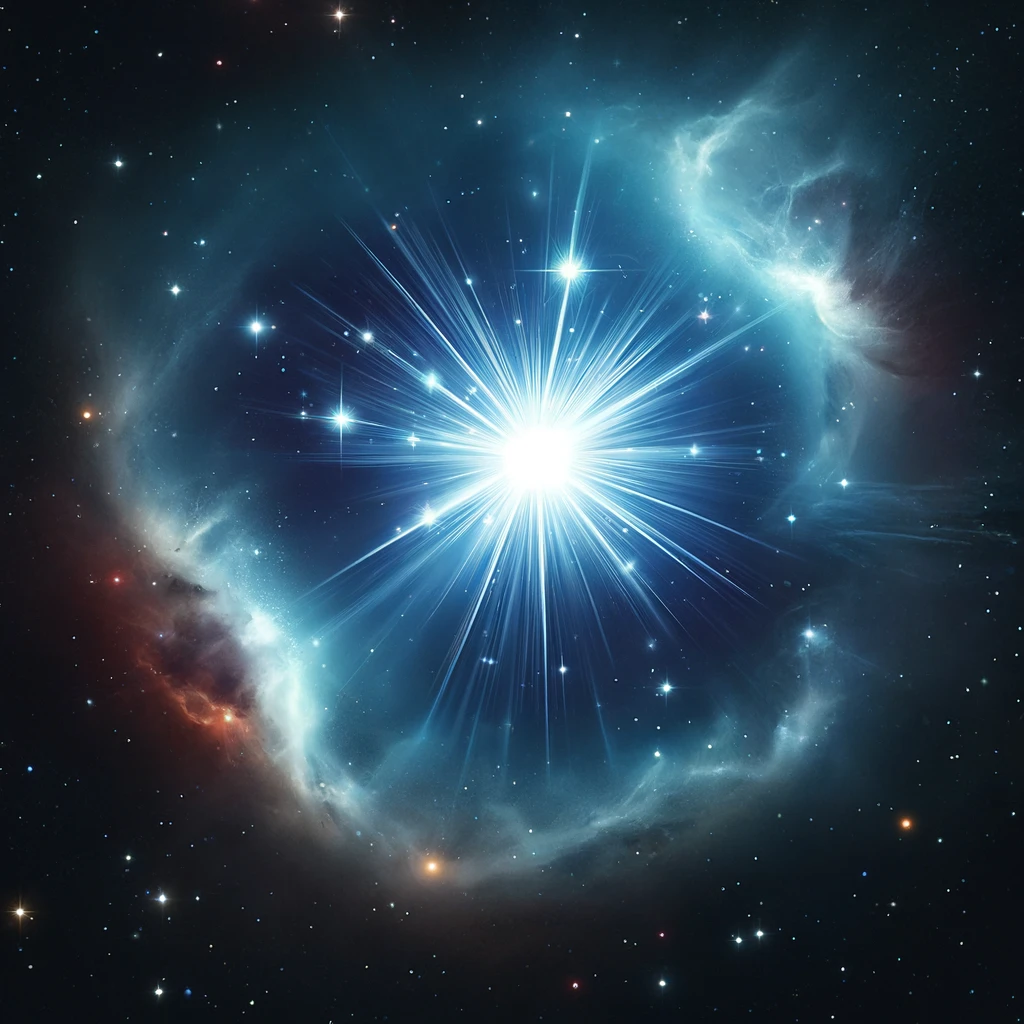Skywatchers: A Brilliant Nova to bring a ‘new star’ to the night sky

Astronomers are anticipating the emergence of a “new star” in the sky, potentially observable from now until September. This event, heralded by NASA, promises a spectacular celestial display. The star system, situated 3,000 light-years away and usually invisible to the unaided eye, is anticipated to achieve a brightness comparable to Polaris, the North Star.
Dr. Rebekah Hounsell, an assistant research scientist at NASA’s Goddard Space Flight Center, emphasized the significance of this event. “This is a rare opportunity that will inspire many new astronomers,” she remarked. The phenomenon is expected to spark curiosity and scientific inquiry among young observers.
The event in question is a nova, set to occur within the Milky Way’s Corona Borealis, or Northern Crown constellation. Unlike a supernova, which signifies the explosive end of a massive star, a nova involves a white dwarf, which survives the explosion, potentially repeating the process over millennia.
The star system T Coronae Borealis, also known as the “Blaze Star,” is expected to host this event. It consists of a white dwarf and a red giant, which is shedding its outer layers. This material accumulates on the white dwarf, heating up until it triggers a thermonuclear blast.
Historically, the system has shown activity approximately every 80 years, with the last significant event recorded in 1946. Based on this pattern, astronomers are closely monitoring the system for another outburst.
The upcoming nova is expected to be visible in a segment between the Boötes and Hercules constellations, visible from the Northern Hemisphere. When it reaches its peak, it will shine as brightly as Polaris, the North Star, and remain visible to the naked eye for several days.
A Perfect Opportunity for Amateur Astronomers
Dr. Elizabeth Hays, chief of the Astroparticle Physics Laboratory at NASA Goddard, highlighted the collaborative nature of observing such events. “Amateur astronomers and space enthusiasts play a crucial role in detecting and reporting these phenomena,” she stated.
This event not only provides a unique viewing opportunity but also contributes valuable data for astronomers studying the dynamics of nova events and the interactions within binary star systems. As the celestial drama unfolds, the global community of astronomers remains vigilant, ready to capture and study every moment of this rare cosmic event.

